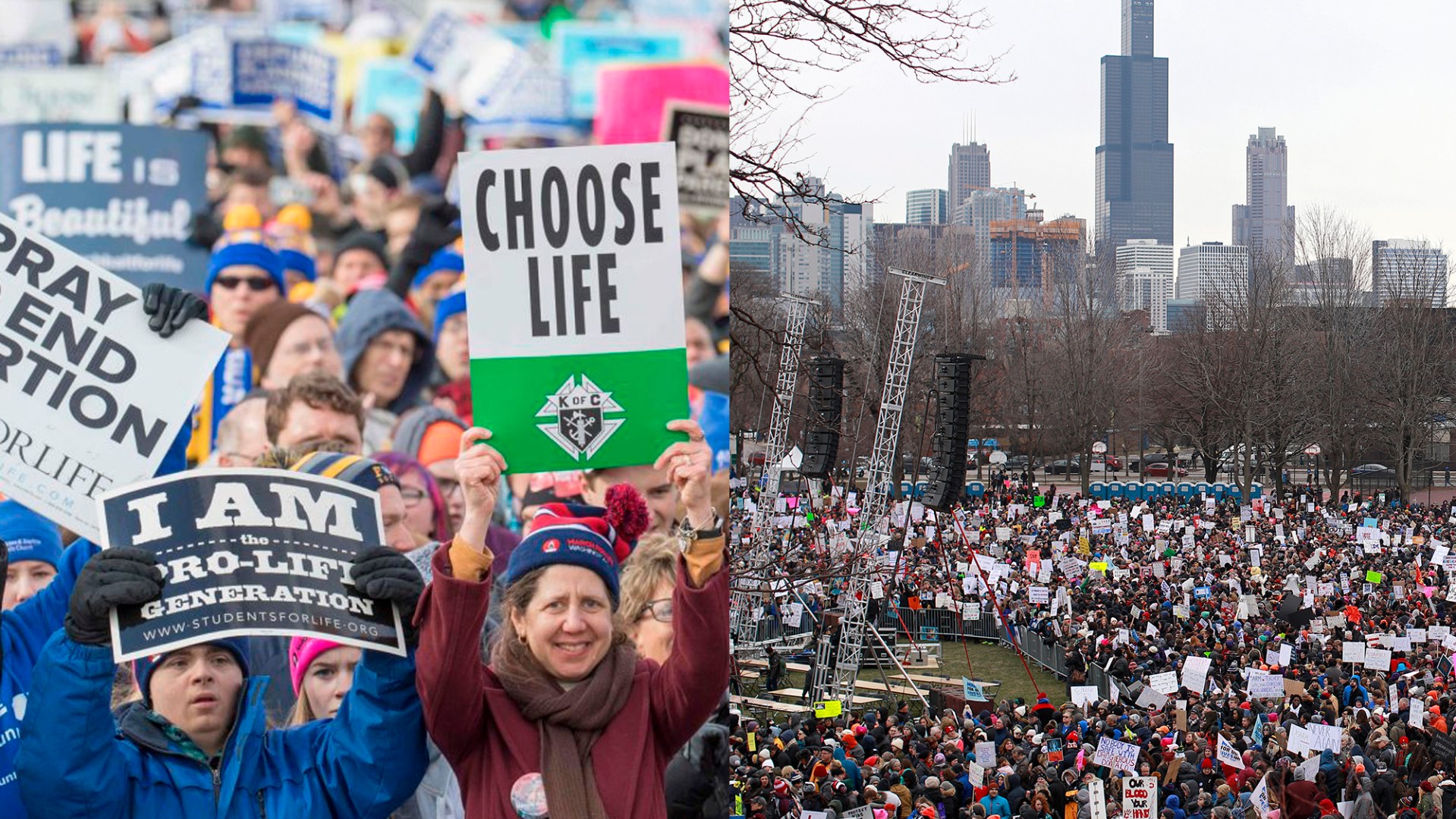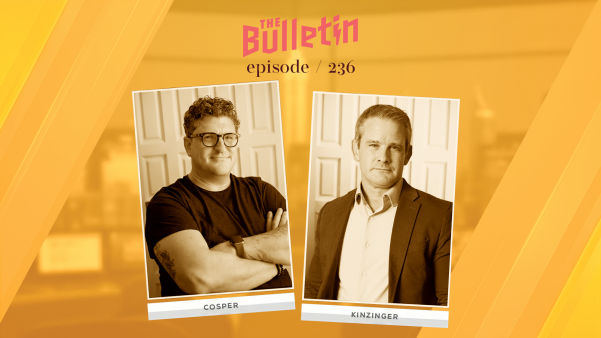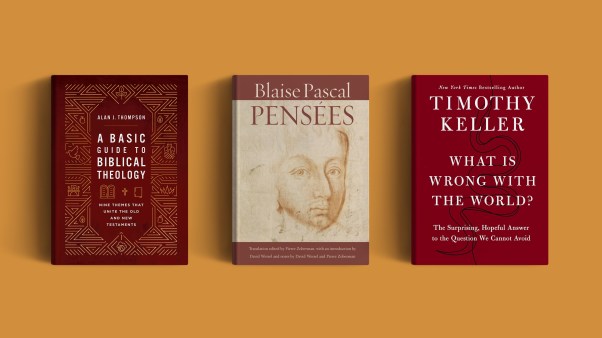This year, I’ve attended two marches related to causes that matter to me: the March for Life in Washington in January, and the March for Our Lives in Chicago last weekend. They overlapped in many ways—not just in their names. But they differed at key points, too, and not just because one was “conservative” and the other “liberal.”
Caring for the least
For the most part, the people I saw at both of these marches came out because they cared about people who were vulnerable and at risk. I recognize that for some people, the March for Life represents the opposite of this: repression and control over women’s bodies. But I’ll tell you that the people I met over the days when I was in DC were largely for women. At least, they believed they were for women. The message wasn’t about shame, but about caring for babies and their mothers.
Similarly, the March for Our Lives was about vulnerable people. Although that national movement was sparked by the mass school shooting in Florida, the Chicago March for Our Lives was largely about people most affected by gun violence: those who live on the South and West sides of the city. It was truly a group of people gathered to inspire change that would help the people regularly at risk of being shot in Chicago and to show support for them.
Idealism or practicality?
I think the difference that sticks out to me most about these two marches (aside from the tone of any signs related to the sitting president) is the matter of practicality. Maybe it was that I attended the local version of the March for Our Lives and the national instance of the March for Life, but I walked away from each with a very different understanding of what I was encouraged to do.
In DC, there was a lot of rhetoric about a pro-life generation (how young the March for Life is) or how pro-life this administration is. At the rally, politicians promoted the pro-life cause (including the president, vice president, and speaker of the House). It was clear that “pro-life” meant not wanting there to be abortions, and it was clear that the organizers were opposed to the now 45-year-old Roe v. Wade Supreme Court decision. But the only legislative goals I heard over the course of a day and a half (I attended seminars and meetings the day before, as well as the rally at the start of the march) were to defund Planned Parenthood, and I think something about a 20-week abortion ban. I didn’t hear anything about complex societal or social problems that might contribute to abortions (like the cost of health care or questions of poverty). I didn’t go home with a clear sense of what I ought to do, other than to be more “pro-life.” And, to be fair, I was challenged to think hard about how I speak about this issue, and what I believe about it.
In Chicago, on the other hand, the march’s issue was more thoroughly addressed. I heard about bump stocks and assault rifles and background checks and raising the age for gun purchases (the kind of stuff that has research to back its effectiveness). But I also heard about systemic poverty. About funding schools and counselors and social workers to help deal with the hopelessness that would drive young men and women to gangs. About guns being trafficked across state lines. I heard about particular initiatives in Chicago, like the police academy famously opposed by Chance the Rapper. There were no celebrities on stage, just young people and activists who were at the forefront of working within the communities affected by gun violence to make changes. I left with a sense of how complex the issue of gun violence is.
And yet, there was a clear task at hand: register to vote, and vote out politicians who receive NRA funding. It was simple. It was easy. And it was catchy. I was encouraged to get involved in local politics, and I was encouraged to vote NRA money out of politics.
I can’t help but think that one of the two marches was more effective in its goals and more inspiring in its message. One told me how great I was for being part of a movement, and the other told me how to get moving. The March for Life told me how young we were and then had adults speaking from the stage. The March for Our Lives was almost entirely emceed by high school and college students who organized the event. Again, to be fair, the people I spoke with at the March for Life appreciated complexity and had all kinds of ideas for addressing the issue (including things like crisis pregnancy centers), but that wasn’t the face of the event. Maybe this is part of the design, but I think the March for Life’s strongest impact is the sense of solidarity and encouragement people feel from attending. Which has its merits, but maybe there are better uses of everyone’s time.
Do Christians care?
To me, the more important difference that struck me was obvious Christian participation. Both of these issues matter: guns and abortion both end lives. And as such, both issues ought to be concerns for Christians. In fact, if you have seen The Armor of Light, you’ve seen how the two issues can easily have a basic logical connection. (If you haven’t, go watch it. It’s great.)
But only one of these marches had overwhelming Christian participation. At the March for Life, I heard a great deal about the abortion rate in the African American community (from African American pastors who care about their community), but if I were looking from the outside in, I would think that Christians care about black babies but not about black elementary school children or teenagers. Because there were almost no Christian groups at the March for Our Lives. There was one church group holding signs, but more common were signs indicting “thoughts and prayers” unaccompanied by action. I wonder how the pro-life movement would feel if all we did for pregnant mothers was offer our thoughts and prayers.
In the end, I’m not worried about the church’s ability to tell the world we care about unborn babies. But I am not sure if we have effectively communicated our care for born babies if they grow up in neighborhoods affected by gun violence. Or, even worse, I’m worried that we don’t actually care. Or don’t care enough to allow ourselves to be moved into action. I pray that the church finds its voice to speak up and act on behalf of the weak and the oppressed consistently and openly.
Andrew Unger is a pastor in Chicago’s west suburbs.
Speaking Out is Christianity Today's guest opinion column and (unlike an editorial) does not necessarily represent the opinion of the magazine.









